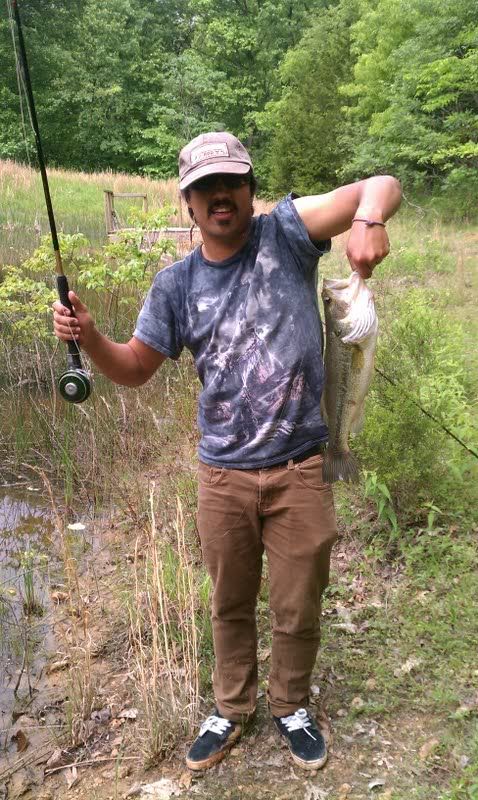Hi everyone, my name is Kevin and I'm extremely new to fly fishing. Unfortunately my grandfather passed a few months ago and I inherited his old shakespeare tru art fly reel. Thus resulting in my interest/obsession with fly fishing.
Okay, enough of the intro. I have been practicing my casting whenever I can but I have been coming across issues when it comes to shooting line. Whenever I pull out the line I want shoot and lay it in the water I have a hard time shooting any line. It seems like the water is putting tension on the line and keeping it from going anywhere. So to correct it I tried putting the slack line in loops and holding in my line hand. This makes it easier to shoot but the loops get tangled often keeping it from traveling and I am back where I started. I was fishing in a very small stream earlier today and seemed to always be 4 feet or so further than where I wanted to be. It was very frustrating.....
Also, is it weird that I can cast better without a fly. (as of now I am fishing for bass, so I have been using small poppers wooly buggers) When I am practicing in the field behind my house without a fly on the line it seems like I have more control and can get more distance but when I'm actually applying my casts on the water the tippet bundles up and it is more difficult to shoot line. I will try to post a video when I get a chance so I can troubleshoot.
Thanks in advance for the help.
Here is a picture of a bass I caught with a froggy popper.

Okay, enough of the intro. I have been practicing my casting whenever I can but I have been coming across issues when it comes to shooting line. Whenever I pull out the line I want shoot and lay it in the water I have a hard time shooting any line. It seems like the water is putting tension on the line and keeping it from going anywhere. So to correct it I tried putting the slack line in loops and holding in my line hand. This makes it easier to shoot but the loops get tangled often keeping it from traveling and I am back where I started. I was fishing in a very small stream earlier today and seemed to always be 4 feet or so further than where I wanted to be. It was very frustrating.....
Also, is it weird that I can cast better without a fly. (as of now I am fishing for bass, so I have been using small poppers wooly buggers) When I am practicing in the field behind my house without a fly on the line it seems like I have more control and can get more distance but when I'm actually applying my casts on the water the tippet bundles up and it is more difficult to shoot line. I will try to post a video when I get a chance so I can troubleshoot.
Thanks in advance for the help.
Here is a picture of a bass I caught with a froggy popper.

